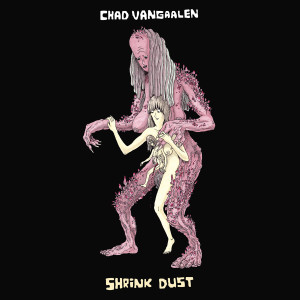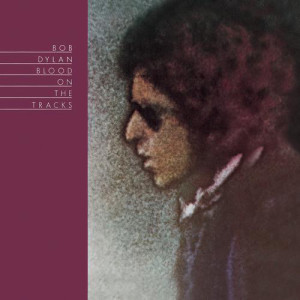Dave Van Ronk With The Red Onion Jazz Band – In the Tradition Folklore FL-14001 (1963)
Dave Van Ronk’s music is tedious. It is so imposing and yet at the same time rather unfocused in its energies. He was a below average singer and only a good (but not great) guitarist. Although bits of this — the parts without the horns — seem to have had a big impact on the sound of early Tom Waits, Van Ronk kind of falls down compared to Waits. My biggest gripe with Van Ronk is that he clearly had too high an opinion of himself. He saw himself as a huge innovator and great talent, at least he thought that whatever he did have should have bestowed upon him great influence. Looking back on his albums, it is hard to find anything that holds up to even the level of fair-to-middling. He had his talents and his interests, but everybody does. He makes his case that his talents and interests are (or should be) considered better, more influential, more important than what other people have, but this comes across as more self-serving than he lets on. This is epitomized by his appearance in the Bob Dylan documentary No Direction Home, in which he displays a kind of “sour grapes” attitude, clearly still after all those years, thinking that he should have been bigger than Dylan, even as he feigns that he got over all that years ago. His professed innovations in singing more gruffly and such were really just adaptations of afro-American music to white middle class settings, and his supposedly innovating guitar arrangements seem like a joke compared to what the American Primitive guitarists (John Fahey) were doing around the same time, and later. But all that aside, Van Ronk has better stuff out there than In the Tradition.


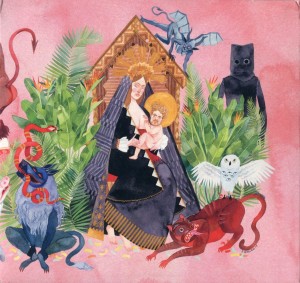
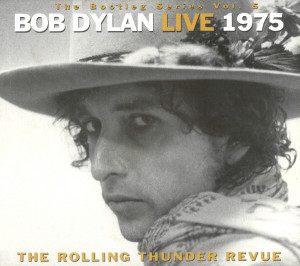
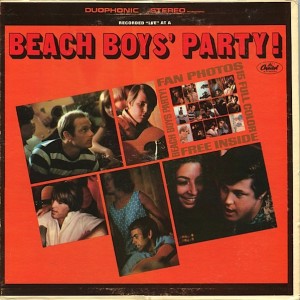
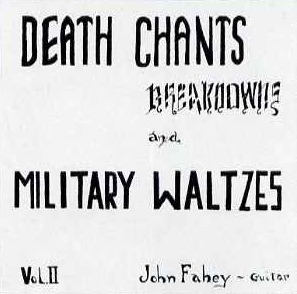
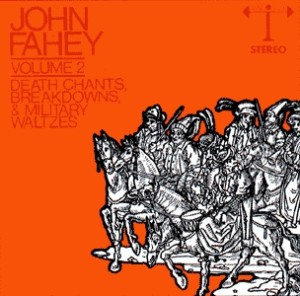
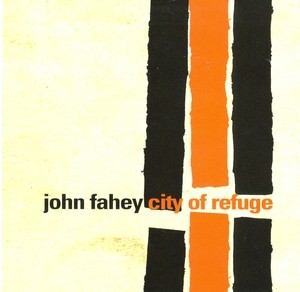
![Your Past Comes Back to Haunt You: The Fonotone Years [1958-1965]](http://rocksalted.com/wp-content/uploads/2015/03/yourpastcomesbacktohauntyou-300x300.jpg)

